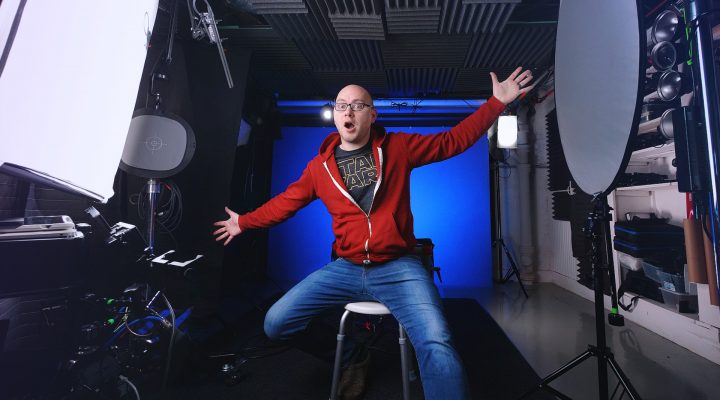

Medical educators have frequently cited the cognitive load theory to propose best practices in video creation. The first assumption is that learners have a limited bandwidth with which new information can be received, held transiently in working memory, and then internalized into long-term memory.

There are multiple plausible mechanisms by which animation may enhance learning in the context of cognitive theories. Attention to animation in science education outside of health professions has included a systematic review and meta-analysis by Berney and Bétrancourt, which showed an overall positive effect of animations compared with static image controls, but emphasized that particular characteristics of certain animations moderated their degree of benefit. Walt Disney defined animation as “a medium of storytelling and visual entertainment which can bring pleasure and information to people of all ages everywhere in the world.” It has been described in the academic literature as “simulated motion picture displaying the movement of artificially created objects,” and dubbed a form of video that can facilitate multimedia learning.

Animation has a century of rich history as both an art form and an industry.


 0 kommentar(er)
0 kommentar(er)
